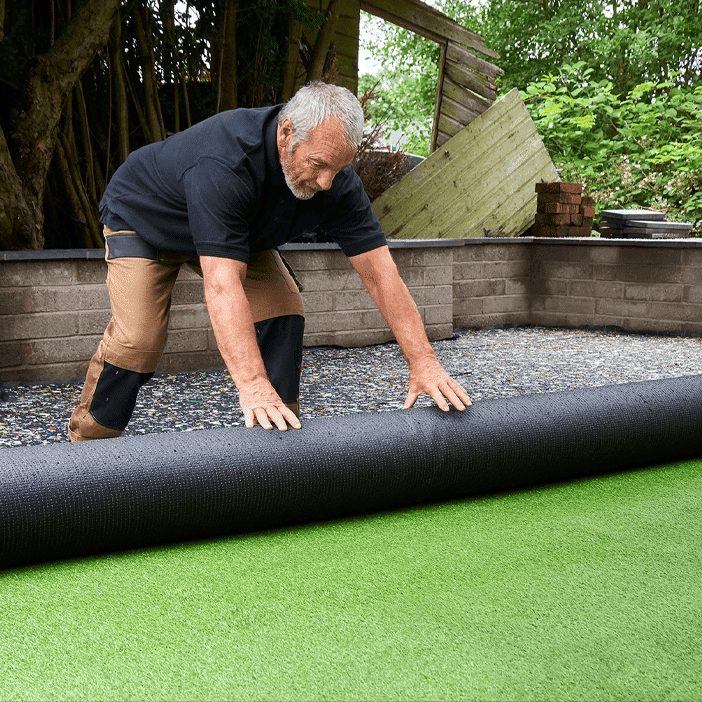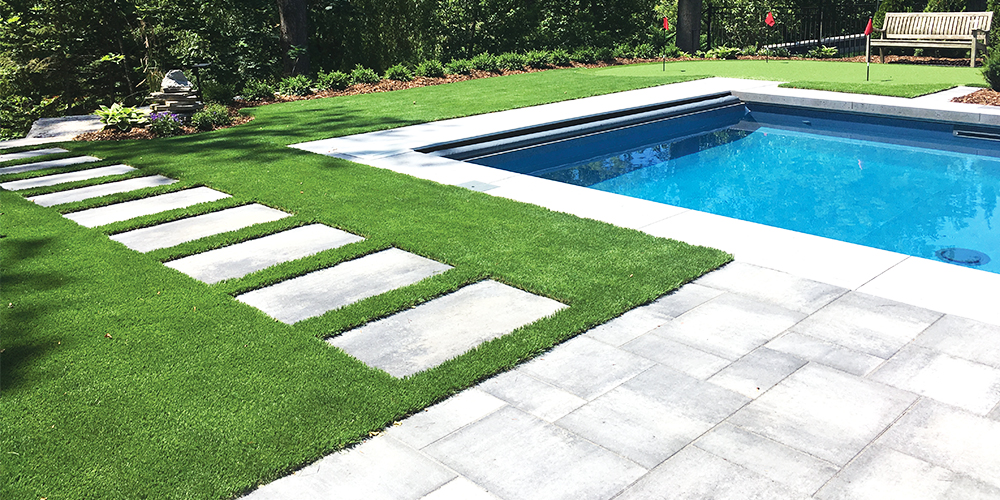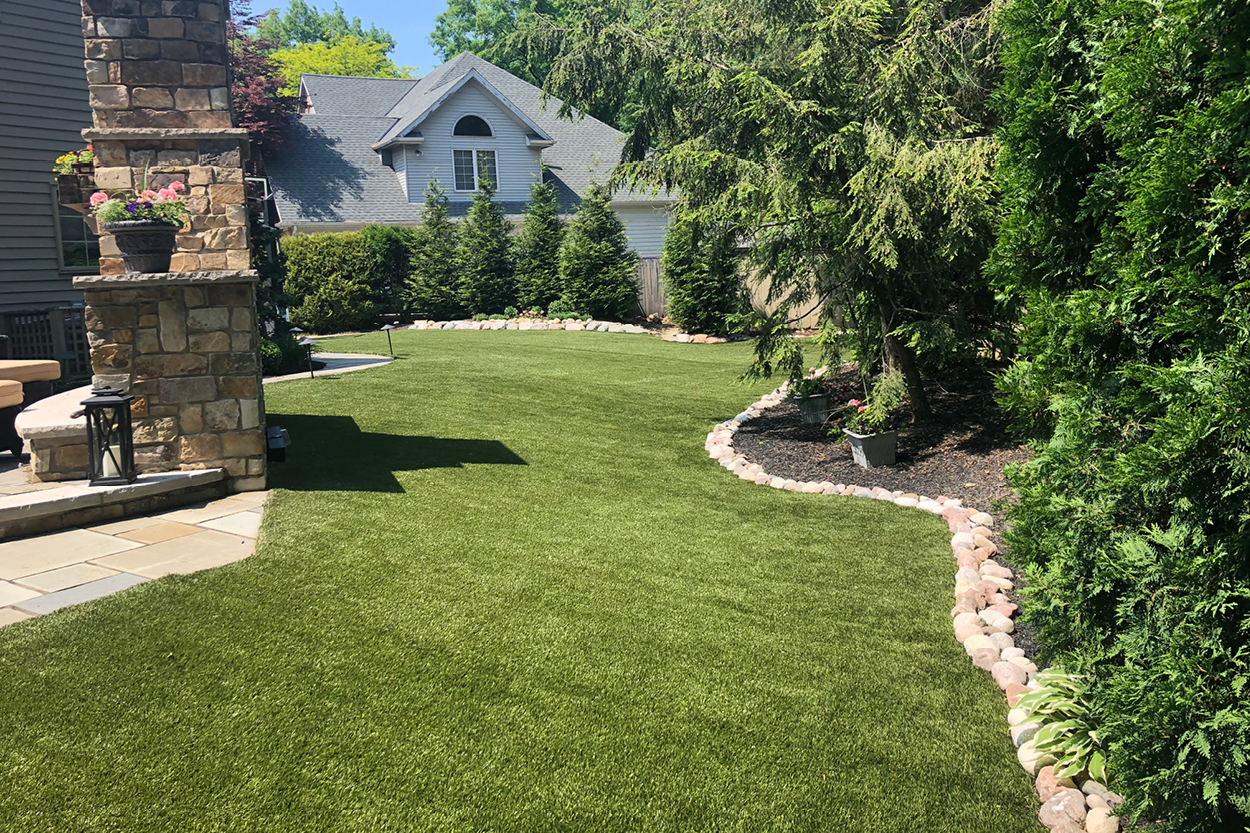Look Into the Environmental Conveniences of Opting for Artificial Grass Solutions
The fostering of artificial grass remedies presents an engaging opportunity to resolve pushing environmental challenges. By dramatically minimizing water usage and lessening the application of dangerous chemicals, these options not only promote sustainable landscaping but additionally safeguard local communities. The lower carbon footprint linked with lowered maintenance activities adds to a much more sustainable method to land administration. The ramifications of these advantages extend past plain preservation initiatives, raising concerns concerning their lasting effect on habitat conservation and general eco-friendly balance. Discovering these dimensions discloses a complicated interplay worth considering.
Water Conservation Perks
Among one of the most significant advantages of synthetic grass is its capacity to conserve water. Typical turf yards call for substantial irrigation, specifically in locations susceptible to drought or water restrictions. In comparison, synthetic grass does not require watering, significantly decreasing the general need for water sources. This function is specifically advantageous in deserts where water shortage is a pushing problem.
By getting rid of the requirement for regular watering, synthetic grass adds to lasting landscape methods and assists minimize the ecological impact of too much water intake. Additionally, the preservation of water encompasses the reduction of drainage, which can bring about dirt erosion and waterway pollution.
Furthermore, the setup of man-made turf allows towns and home owners to designate water resources a lot more effectively, focusing on important uses such as drinking water and agriculture. The shift towards synthetic grass not just advertises accountable water use but likewise aligns with broader environmental goals targeted at protecting all-natural resources.
As neighborhoods increasingly focus on sustainability, the water conservation benefits of synthetic grass present an engaging case for its fostering in residential and commercial landscape design jobs.
Reduced Chemical Usage
The change to man-made grass dramatically reduces the dependence on chemical therapies commonly utilized in all-natural yard maintenance. Conventional lawn management commonly entails the application of plant foods, pesticides, and herbicides to promote growth and control bugs. These chemicals can position threats to human health and wellness, local wildlife, and the environment, contributing to soil and water contamination.
In comparison, fabricated turf gets rid of the demand for these unsafe compounds. By decreasing the release of artificial compounds into the ecological community, man-made turf promotes much healthier soil and water systems.
In addition, the absence of chemical overflow connected with synthetic grass setups aids shield neighborhood waterways from pollution, sustaining aquatic life and keeping biodiversity. Arizona artificial turf. As communities progressively prioritize lasting techniques, choosing for fabricated grass presents a sensible solution that lines up with ecological preservation objectives. Through this change, property proprietors can enjoy rich green areas without compromising environmental wellness, leading the way for an extra sustainable future
Reduced Carbon Footprint

In addition, the installation of man-made lawn can cause considerable water conservation. Natural yards require substantial amounts of water for watering, which not just includes in the carbon impact related to water removal and therapy but also pressures local water sources. On the other hand, fabricated grass needs very little maintenance, needing no watering, therefore substantially decreasing water usage and its associated power costs.
Additionally, the long life of synthetic grass adds to its reduced carbon influence. With a life-span of up to 15 years or more, the demand for frequent replacements is diminished, causing much less waste and lower energy consumption in production and dealing with typical grass alternatives. On the whole, synthetic grass offers a sustainable choice for eco mindful landscape design.
Habitat Preservation
Environment preservation is a crucial factor to consider in the dispute over landscape design selections, particularly when contrasting fabricated grass to natural grass. All-natural lawn lawns frequently call for comprehensive upkeep, including using pesticides, plant foods, and herbicides, which can negatively influence local environments. These chemicals can seep into the soil and waterways, hurting indigenous vegetation and fauna and click this site interfering with regional habitats.
Fabricated lawn eliminates the need for unsafe chemicals, thus shielding close-by wildlife and preserving the honesty of bordering ecological communities. The installment of artificial lawn can lead to the conversion of former grass locations right into more biodiverse landscapes, such as pollinator gardens or indigenous plant locations, which can sustain regional wild animals.
Eventually, the transition to synthetic grass not just conserves water and minimizes upkeep efforts but also promotes an extra harmonious connection between human activities and the native environment, promoting habitat preservation at the same time.
Long-Term Sustainability
Lasting sustainability is a critical aspect in assessing the benefits of synthetic grass over standard grass yards. One of one of the most considerable benefits of synthetic lawn is its resilience; it can last approximately 15-20 years with very little upkeep, whereas natural turf calls for regular reseeding and substitute. This long life decreases the need for constant resources, such as water, fertilizers, and pesticides, which are necessary for preserving a healthy and balanced yard lawn.
In addition, synthetic grass contributes to a reduction in carbon discharges related to yard treatment equipment. Standard yards frequently call for gas-powered lawn mowers, trimmers, and blowers, every one of which add to air pollution. Turf installation phoenix az. On the other hand, synthetic grass gets rid of the requirement for such devices, advertising a cleaner environment
Furthermore, the manufacturing of synthetic grass progressively uses recycled materials, improving its sustainability account. As suppliers take on environmentally friendly techniques, the environmental impact of artificial lawn remains to lessen.

Conclusion
The fostering of synthetic grass services provides significant environmental benefits, consisting of considerable water conservation, reduced reliance on unsafe chemicals, and a reduced carbon impact. Artificial turf aids in protecting all-natural environments by minimizing land disruption and promoting long-term sustainability through the use of durable materials. Jointly, these elements underscore the capacity of synthetic grass to add positively to ecological wellness and offer a practical option to traditional landscaping methods in an increasingly resource-conscious globe.
In comparison, man-made look at more info turf does not need watering, substantially reducing the general need for water resources. By decreasing the release of artificial compounds right into the ecosystem, man-made turf advertises healthier soil and water systems.
Moreover, the installment of artificial lawn check my source can result in significant water conservation. In comparison, synthetic lawn requires very little upkeep, calling for no watering, thereby dramatically reducing water usage and its associated energy costs.
